The Ruhr Museum: A Journey through the cultural heritage of the Ruhrgebiet
During a recent visit to the Ruhr Museum in Essen, I discovered not just an outstanding modern museum, but also a gateway to the rich history of the Ruhr area, also known as the “Ruhrpott” – a history that I was only vaguely aware of, even though I grew up in the immediate vicinity of the Ruhr area (there was even a coal mine in my home town, called Zeche “Eisenberg”). This museum visit opened my eyes to the depth and complexity of the Ruhr region’s past and present.
History of the Ruhr Museum
The Ruhr Museum, inaugurated in 2010, represents a significant cultural and historical landmark in the Ruhr area. Its establishment coincided with an important moment in the region’s history: Essen, and by extension, the Ruhr area, was designated as the European Capital of Culture in 2010. This distinction not only highlighted the region’s cultural richness but also marked a pivotal point in its transformation from an industrial hub to a center of cultural and historical importance.
Located in the former coal wash plant of the Zollverein Coal Mine, one of the largest and most advanced coal mines in the world, the museum serves as a tangible representation of the area’s industrial past. The Zollverein Coal Mine, a UNESCO World Heritage Site, is renowned for its architectural and historical significance. The transformation of this industrial site into the Ruhr Museum is emblematic of the wider transformation occurring in the Ruhr region.
The museum’s role in reshaping perceptions of the Ruhr area is profound. Historically, the Ruhr region, often perceived as unattractive and grimy, faced challenges with its identity. These aspects of the area’s history were seldom discussed in educational settings, making the museum’s insights particularly impactful. By highlighting the region’s industrial heritage and its transition, in my opinion, the Ruhr Museum can help in redefining the region’s identity.
 Building of the Ruhr Museum, located in the former coal wash plant of the Zollverein Coal Mine. The museum was inaugurated in 2010.
Building of the Ruhr Museum, located in the former coal wash plant of the Zollverein Coal Mine. The museum was inaugurated in 2010.
 The former winding tower, landmark of the Zeche Zollverein, today a UNESCO World Heritage Site.
The former winding tower, landmark of the Zeche Zollverein, today a UNESCO World Heritage Site.



 Buildings of the former coal wash plant. Architect: Fritz Schupp and Martin Kremmer, 1928-1932.
Buildings of the former coal wash plant. Architect: Fritz Schupp and Martin Kremmer, 1928-1932.
Structure
The exhibition concept is tailored to the building’s original structure, guiding visitors from the foyer at the 24-meter level down through the former coal washing plant. One of the museum’s unique features is how the visitors reach the 24 m high entrance area: via Europe’s longest freestanding escalator. A 90-second ride on the 68-meter-long escalator leads visitors directly into the heart of the museum.
 The 68-meter-long escalator, Europe’s longest freestanding escalator, leads visitors directly into the heart of the museum.
The 68-meter-long escalator, Europe’s longest freestanding escalator, leads visitors directly into the heart of the museum.
From the foyer the museum is roughly organized top-down, with the exhibition spaces on the 17-meter, 12-meter, and 6-meter levels representing the themes of Present, Memory, and History. This multi-level journey intertwines the natural and cultural history of the Ruhr area, further enriched by the preserved machinery and equipment of the coal wash plant. At the roof level, one can enjoy a panoramic view of the Zollverein Coal Mine and the surrounding area.

 Panorama view of the Zollverein Coal Mine and the surrounding area from the roof level of the Ruhr Museum.
Panorama view of the Zollverein Coal Mine and the surrounding area from the roof level of the Ruhr Museum.
The museum’s architecture is a work of art in itself. The building’s original structure, designed by the architects Fritz Schupp and Martin Kremmer, was preserved and integrated into the museum’s design. In fact, the former coal washing plant is actually less a building and more a colossal machine, clad in bricks, offering a uniquely immersive experience.





 The original structure of the coal wash plant was preserved and integrated into the museum’s design.
The original structure of the coal wash plant was preserved and integrated into the museum’s design.
Exhibitions
The exhibitions masterfully narrate and bring to life the history of the Ruhr area, from its natural historical development, through industrialization, to its recent past and present. A visit to the Ruhr Museum is a time travel through the region’s history and, for those grown up in the Ruhr area, a journey through their personal stories. The museum also highlights the Ruhr area’s recent transformation: from coal and industrial region to green spaces and technological innovation centers. The Ruhr Museum itself exemplifies this change, preserving the old while infusing new content and purpose for contemporary and future relevance.
 An old pipe bowl. Small finds from Essen-Kettwig as evidence of the Ruhr occupation (1923-1925). French manufacture, around 1900/20. From: Exhibition: Recent Times. Contemporary archaeology in the Rhine-Ruhr region.
An old pipe bowl. Small finds from Essen-Kettwig as evidence of the Ruhr occupation (1923-1925). French manufacture, around 1900/20. From: Exhibition: Recent Times. Contemporary archaeology in the Rhine-Ruhr region.
 Travel typewriter, Essen city center,1st half of the 20th century. The typewriter comes from the ruins of a house that was hit in an air raid. It is probably a typewriter of the “Erika” brand, which has been in production since 1910. It is a witness to the immense destruction caused by the bombing of the cities on the Rhine and Ruhr. From: Exhibition: Recent Times. Contemporary archaeology in the Rhine-Ruhr region.
Travel typewriter, Essen city center,1st half of the 20th century. The typewriter comes from the ruins of a house that was hit in an air raid. It is probably a typewriter of the “Erika” brand, which has been in production since 1910. It is a witness to the immense destruction caused by the bombing of the cities on the Rhine and Ruhr. From: Exhibition: Recent Times. Contemporary archaeology in the Rhine-Ruhr region.
 Propeller of a Lancaster III bomber, Essen-Margarethenhöhe, Second World War. The propeller was discovered during the demolition of a bunker. Bullet holes on the wings bear witness to the bombardment that caused the bomber to crash. From: Exhibition: Recent Times. Contemporary archaeology in the Rhine-Ruhr region.
Propeller of a Lancaster III bomber, Essen-Margarethenhöhe, Second World War. The propeller was discovered during the demolition of a bunker. Bullet holes on the wings bear witness to the bombardment that caused the bomber to crash. From: Exhibition: Recent Times. Contemporary archaeology in the Rhine-Ruhr region.
 Small bottle with white powder. Utility objects from a septic tank of the Niederhagen/Wewelsburg concentration camp, Büren-Wewelsburg, Paderborn district, 1940s. The inmates of the Niederhagen camp were forced to work on converting Wewelsburg Castle into a meeting place for the SS between 1940 and 1943. From 1947, displaced persons and refugees were housed here. The finds from a septic tank can be assigned to the infirmary of the concentration camp and the refugee camp. From: Exhibition: Recent Times. Contemporary archaeology in the Rhine-Ruhr region.
Small bottle with white powder. Utility objects from a septic tank of the Niederhagen/Wewelsburg concentration camp, Büren-Wewelsburg, Paderborn district, 1940s. The inmates of the Niederhagen camp were forced to work on converting Wewelsburg Castle into a meeting place for the SS between 1940 and 1943. From 1947, displaced persons and refugees were housed here. The finds from a septic tank can be assigned to the infirmary of the concentration camp and the refugee camp. From: Exhibition: Recent Times. Contemporary archaeology in the Rhine-Ruhr region.
 Skeleton of a buried cat, Velbert-Neviges, Mettmann district, 1786/1819, LVR-Amt für Bodendenkmalpflege im Rheinland. The cat was found in the grave of a woman in the Lutheran cemetery in Neviges. It had been placed over the neck and shoulders of the buried woman. This may be a reference to the belief in witches or revenants. The cat could have been placed in the grave as a banishing measure. From: Exhibition: Recent Times. Contemporary archaeology in the Rhine-Ruhr region.
Skeleton of a buried cat, Velbert-Neviges, Mettmann district, 1786/1819, LVR-Amt für Bodendenkmalpflege im Rheinland. The cat was found in the grave of a woman in the Lutheran cemetery in Neviges. It had been placed over the neck and shoulders of the buried woman. This may be a reference to the belief in witches or revenants. The cat could have been placed in the grave as a banishing measure. From: Exhibition: Recent Times. Contemporary archaeology in the Rhine-Ruhr region.
 The upper end of a former silo, which is now used as an exhibition and demonstration room.
The upper end of a former silo, which is now used as an exhibition and demonstration room.
 The permanent exhibition Nature, Culture, History of the Ruhr Area.
The permanent exhibition Nature, Culture, History of the Ruhr Area.
 Remains of an old tree. From the permanent exhibition Nature, Culture, History of the Ruhr Area.
Remains of an old tree. From the permanent exhibition Nature, Culture, History of the Ruhr Area.
 Dust lung, 20th century, Bochum. From the permanent exhibition Nature, Culture, History of the Ruhr Area.
Dust lung, 20th century, Bochum. From the permanent exhibition Nature, Culture, History of the Ruhr Area.
 Furniture ensemble of a doll’s house, 1897, wood, loan from the private individual Rosemarie Rotter, Essen. The doll’s house furniture belonged to Rosemarie Rotter’s mother. They were a gift from her father to his daughter, who was eight years old at the time. A carpenter from Dortmund made the pieces like miniature versions of the furniture that stood in her own upper-class house with marble stairs and drawing room. The ensemble’s history was turbulent. It initially survived the First World War. Rosemarie Rotter remembers how she found the doll’s furniture, which seemed incredibly delicate to her, as a Christmas present under the Christmas tree in 1930. The furniture ensemble survived the Second World War packed in absorbent cotton in a cardboard box on a floor in Dortmund. After a bombing raid in 1942/43, its owner and her family went to live with her uncle in Dresden for a short time. When she returned to the Ruhr area, she found the miniature furniture intact. For her, they are a memento of a sheltered middle-class childhood in the Ruhr area, despite all the turmoil of the 20th century. From the permanent exhibition Nature, Culture, History of the Ruhr Area.
Furniture ensemble of a doll’s house, 1897, wood, loan from the private individual Rosemarie Rotter, Essen. The doll’s house furniture belonged to Rosemarie Rotter’s mother. They were a gift from her father to his daughter, who was eight years old at the time. A carpenter from Dortmund made the pieces like miniature versions of the furniture that stood in her own upper-class house with marble stairs and drawing room. The ensemble’s history was turbulent. It initially survived the First World War. Rosemarie Rotter remembers how she found the doll’s furniture, which seemed incredibly delicate to her, as a Christmas present under the Christmas tree in 1930. The furniture ensemble survived the Second World War packed in absorbent cotton in a cardboard box on a floor in Dortmund. After a bombing raid in 1942/43, its owner and her family went to live with her uncle in Dresden for a short time. When she returned to the Ruhr area, she found the miniature furniture intact. For her, they are a memento of a sheltered middle-class childhood in the Ruhr area, despite all the turmoil of the 20th century. From the permanent exhibition Nature, Culture, History of the Ruhr Area.
 Homemade Advent calendar, around 1959, cardboard, metal, loan from the private individual Dr. Norbert Reichling, Dorsten. Norbert Reichling and his two brothers received the Advent calendar made by their father from matchboxes around 1959. The compartments contained small sweets, and there were also notes with educational advice (“If you keep writing ones and twos (school grades “A” and “B” ), you’ll soon be able to enjoy pearl barley again.”). From the permanent exhibition Nature, Culture, History of the Ruhr Area.
Homemade Advent calendar, around 1959, cardboard, metal, loan from the private individual Dr. Norbert Reichling, Dorsten. Norbert Reichling and his two brothers received the Advent calendar made by their father from matchboxes around 1959. The compartments contained small sweets, and there were also notes with educational advice (“If you keep writing ones and twos (school grades “A” and “B” ), you’ll soon be able to enjoy pearl barley again.”). From the permanent exhibition Nature, Culture, History of the Ruhr Area.
 Jubilee wristwatch, Junghans, 1962 silver, steel bracelet, loan from the private individual Angelika Witjes-Hielen, Kiel. In 1962, Angelika Witjes-Hielen’s stepfather celebrated his 25th year at the Sterkrade colliery, which was among the mining concerns of Hüttenwerk Oberhausen AG. His employer marked the occasion by presenting him with a silver wristwatch with the engraving “Hüttenwerk Oberhausen AG, Bergbau 1937-1962” together with a substantial sum of money. The money was used to buy a television and new living room furniture: a lounge chair, a kidney-shaped table and a new cabinet. The old furniture was thrown away. For the ten-year old Angelika this was an enormous change. She was used to playing on the living room table in the evenings - this wasn’t possible on the small kid-ney-shaped table. The television made the living room even more of a “play-free zone”. “The money was used to buy new furniture, then life was completely different”, is how Angelika Witjes-Hielen remembers it. The company anniversary watch marked the new era of the German economic miracle. From the permanent exhibition Nature, Culture, History of the Ruhr Area.
Jubilee wristwatch, Junghans, 1962 silver, steel bracelet, loan from the private individual Angelika Witjes-Hielen, Kiel. In 1962, Angelika Witjes-Hielen’s stepfather celebrated his 25th year at the Sterkrade colliery, which was among the mining concerns of Hüttenwerk Oberhausen AG. His employer marked the occasion by presenting him with a silver wristwatch with the engraving “Hüttenwerk Oberhausen AG, Bergbau 1937-1962” together with a substantial sum of money. The money was used to buy a television and new living room furniture: a lounge chair, a kidney-shaped table and a new cabinet. The old furniture was thrown away. For the ten-year old Angelika this was an enormous change. She was used to playing on the living room table in the evenings - this wasn’t possible on the small kid-ney-shaped table. The television made the living room even more of a “play-free zone”. “The money was used to buy new furniture, then life was completely different”, is how Angelika Witjes-Hielen remembers it. The company anniversary watch marked the new era of the German economic miracle. From the permanent exhibition Nature, Culture, History of the Ruhr Area.
 The red illuminated staircase, another landmark of the Ruhr Museum.
The red illuminated staircase, another landmark of the Ruhr Museum.
 Light installation in the staircase.
Light installation in the staircase.
 Mammoth skeleton. From the permanent exhibition Nature, Culture, History of the Ruhr Area.
Mammoth skeleton. From the permanent exhibition Nature, Culture, History of the Ruhr Area.
 Left: Pear-shaped ointment bottle. Site unknown, 1st/2nd century, glass. Right: Bellied vial, Rhineland, 1st century, glass. From the permanent exhibition Nature, Culture, History of the Ruhr Area.
Left: Pear-shaped ointment bottle. Site unknown, 1st/2nd century, glass. Right: Bellied vial, Rhineland, 1st century, glass. From the permanent exhibition Nature, Culture, History of the Ruhr Area.
 Reliquary box, so-called portable altar of St. Liudger, Burgundian/Trinity, 8th century, Rhineland, 10th/12th century, wooden box after 1248, current composition after 1511, oak wood, whalebone, domestic animal bones, dyed paper, painted silk fragments, iron, Provost’s parish St. Ludgerus, Essen-Werden. According to tradition, the box contains relics of the founder of the monastery, Liudger, and served as a mobile altar. It consists of various flat reliquary parts from Liudger’s time up to the 13th century. They were apparently reassembled and extended several times. From the permanent exhibition Nature, Culture, History of the Ruhr Area.
Reliquary box, so-called portable altar of St. Liudger, Burgundian/Trinity, 8th century, Rhineland, 10th/12th century, wooden box after 1248, current composition after 1511, oak wood, whalebone, domestic animal bones, dyed paper, painted silk fragments, iron, Provost’s parish St. Ludgerus, Essen-Werden. According to tradition, the box contains relics of the founder of the monastery, Liudger, and served as a mobile altar. It consists of various flat reliquary parts from Liudger’s time up to the 13th century. They were apparently reassembled and extended several times. From the permanent exhibition Nature, Culture, History of the Ruhr Area.
 Statue of St. Barbara from the Cistercian monastery Himmelpforten in Ense around 1300/ 1320, oak wood, Museum of Art and Cultural History Dortmund. The statue comes from the Himmelpforten convent in Ense, founded in 1246, which was completely destroyed in 1943 when the Möhne dam was bombed. The attribute of the tower refers to St. Barbara. From the permanent exhibition Nature, Culture, History of the Ruhr Area.
Statue of St. Barbara from the Cistercian monastery Himmelpforten in Ense around 1300/ 1320, oak wood, Museum of Art and Cultural History Dortmund. The statue comes from the Himmelpforten convent in Ense, founded in 1246, which was completely destroyed in 1943 when the Möhne dam was bombed. The attribute of the tower refers to St. Barbara. From the permanent exhibition Nature, Culture, History of the Ruhr Area.
 Sculptures from different ancient epochs and cultures. From the permanent exhibition Nature, Culture, History of the Ruhr Area.
Sculptures from different ancient epochs and cultures. From the permanent exhibition Nature, Culture, History of the Ruhr Area.
 Door jambs from Horst Castle, Gelsenkirchen, 1566, Baumberg sandstone, Gelsenkirchen, Renaissance Horst Castle. Horst was the first completely new Renaissance building in Westphalia. The antique-style arched portal, inspired by Roman triumphal arch architecture, has architectural models in Dutch Mannerism. From the permanent exhibition Nature, Culture, History of the Ruhr Area.
Door jambs from Horst Castle, Gelsenkirchen, 1566, Baumberg sandstone, Gelsenkirchen, Renaissance Horst Castle. Horst was the first completely new Renaissance building in Westphalia. The antique-style arched portal, inspired by Roman triumphal arch architecture, has architectural models in Dutch Mannerism. From the permanent exhibition Nature, Culture, History of the Ruhr Area.
 Medieval altarpieces. From the permanent exhibition Nature, Culture, History of the Ruhr Area.
Medieval altarpieces. From the permanent exhibition Nature, Culture, History of the Ruhr Area.
 Crystal and minerals exhibition. Above the exhibition table are old structures from the coal washing plant. From the permanent exhibition Nature, Culture, History of the Ruhr Area.
Crystal and minerals exhibition. Above the exhibition table are old structures from the coal washing plant. From the permanent exhibition Nature, Culture, History of the Ruhr Area.
 Fossil collection. From the permanent exhibition Nature, Culture, History of the Ruhr Area.
Fossil collection. From the permanent exhibition Nature, Culture, History of the Ruhr Area.
 Natural History Collection. From the permanent exhibition Nature, Culture, History of the Ruhr Area.
Natural History Collection. From the permanent exhibition Nature, Culture, History of the Ruhr Area.
 A statue of Alfred Krupp. From the permanent exhibition Nature, Culture, History of the Ruhr Area.
A statue of Alfred Krupp. From the permanent exhibition Nature, Culture, History of the Ruhr Area.
 Old cannon. From the permanent exhibition Nature, Culture, History of the Ruhr Area.
Old cannon. From the permanent exhibition Nature, Culture, History of the Ruhr Area.
 Collection of old clocks that were probably once hung in the factory halls . From the permanent exhibition Nature, Culture, History of the Ruhr Area.
Collection of old clocks that were probably once hung in the factory halls . From the permanent exhibition Nature, Culture, History of the Ruhr Area.
 Old sign. From the permanent exhibition Nature, Culture, History of the Ruhr Area.
Old sign. From the permanent exhibition Nature, Culture, History of the Ruhr Area.
 Old mining lamps. From the permanent exhibition Nature, Culture, History of the Ruhr Area.
Old mining lamps. From the permanent exhibition Nature, Culture, History of the Ruhr Area.
 Hattingen KPD banner around 1930. The KPD (Communist Party of Germany, persecuted by the Nazis and later banned in the Federal Republic) calls for a 7-hour working day. An example of the struggle for workers’ rights in the Ruhr area. From the permanent exhibition Nature, Culture, History of the Ruhr Area.
Hattingen KPD banner around 1930. The KPD (Communist Party of Germany, persecuted by the Nazis and later banned in the Federal Republic) calls for a 7-hour working day. An example of the struggle for workers’ rights in the Ruhr area. From the permanent exhibition Nature, Culture, History of the Ruhr Area.
 Hitler’s visit to Villa Hügel, cover page of the Krupp company magazine, August 15, 1940. Adolf Hitler visited Gustav Krupp von Bohlen und Halbach on the occasion of his 70th birthday on August 7, 1940 at Villa Hügel and awarded him the Golden Party Badge of the NSDAP. The Krupp steelworks in Essen played a significant role in the rise of Adolf Hitler. Known as the “weapons forge of the German Reich”, Krupp manufactured armaments for German armies from the Franco-Prussian War through World War I and beyond. During the Nazi era, weapons production resumed under Hitler’s regime, and Gustav Krupp von Bohlen und Halbach, along with other leading industrialists, supported the Nazis. This support was crucial in bolstering the Nazi war machine, with Krupp factories producing heavy armaments and utilizing forced labor during World War II. The relationship between Krupp and the Nazi regime, exemplified by Hitler’s visits and awards to Krupp leaders, reflects the integral role of the Ruhr coal and steel industry in the Nazi war effort and economic structure. From the permanent exhibition Nature, Culture, History of the Ruhr Area.
Hitler’s visit to Villa Hügel, cover page of the Krupp company magazine, August 15, 1940. Adolf Hitler visited Gustav Krupp von Bohlen und Halbach on the occasion of his 70th birthday on August 7, 1940 at Villa Hügel and awarded him the Golden Party Badge of the NSDAP. The Krupp steelworks in Essen played a significant role in the rise of Adolf Hitler. Known as the “weapons forge of the German Reich”, Krupp manufactured armaments for German armies from the Franco-Prussian War through World War I and beyond. During the Nazi era, weapons production resumed under Hitler’s regime, and Gustav Krupp von Bohlen und Halbach, along with other leading industrialists, supported the Nazis. This support was crucial in bolstering the Nazi war machine, with Krupp factories producing heavy armaments and utilizing forced labor during World War II. The relationship between Krupp and the Nazi regime, exemplified by Hitler’s visits and awards to Krupp leaders, reflects the integral role of the Ruhr coal and steel industry in the Nazi war effort and economic structure. From the permanent exhibition Nature, Culture, History of the Ruhr Area.
 Poster for the European Reconstruction Program “Marshall Plan”, 1950, Munich City Museum. The Marshall Plan played a decisive role in the reconstruction of the Ruhr area and West-Germany after the Second World War. From the permanent exhibition Nature, Culture, History of the Ruhr Area.
Poster for the European Reconstruction Program “Marshall Plan”, 1950, Munich City Museum. The Marshall Plan played a decisive role in the reconstruction of the Ruhr area and West-Germany after the Second World War. From the permanent exhibition Nature, Culture, History of the Ruhr Area.
 Water samples. The water quality of the Ruhr area was constantly monitored. The Ruhrgebiet produces roughly 15 types of mineral water. These are drawn off from the underground reservoirs within the 300 to 100-million-year-old rocks formed during the Cretaceous and Carboniferous ages. Impermeable strata protect them from surface water seepage. The Ruhr and the Emscher have to absorb waste water effluents. Along the Ruhr, waste water is now treated before being discharged into the river. From the permanent exhibition Nature, Culture, History of the Ruhr Area.
Water samples. The water quality of the Ruhr area was constantly monitored. The Ruhrgebiet produces roughly 15 types of mineral water. These are drawn off from the underground reservoirs within the 300 to 100-million-year-old rocks formed during the Cretaceous and Carboniferous ages. Impermeable strata protect them from surface water seepage. The Ruhr and the Emscher have to absorb waste water effluents. Along the Ruhr, waste water is now treated before being discharged into the river. From the permanent exhibition Nature, Culture, History of the Ruhr Area.
 Jeans vest with soccer fan badges. The owner of this vest was obviously a Schalke 04 fan. From the exhibition “Myth and Modernity. Football in the Ruhr area”.
Jeans vest with soccer fan badges. The owner of this vest was obviously a Schalke 04 fan. From the exhibition “Myth and Modernity. Football in the Ruhr area”.
Conclusion
My visit to the Ruhr Museum has profoundly reshaped my perception and appreciation of the Ruhr area’s identity. I now see this region with a newfound awareness and understanding, recognizing its past struggles and current transformation. The Ruhr Museum is a must-see for anyone interested in the Ruhr area’s history and culture, and for those who want to learn more about the region’s past and present. The Ruhr Museum is only one building of the Zollverein Coal Mine. The entire site is vast and there is many more worth seeing. You can actually plan an entire day if you want to explore everything.
 The Red Dot Design Museum, that is located in the former boiler house of the Zeche Zollverein. The museum is dedicated to contemporary design. It is part of the Red Dot Design Award, one of the world’s largest design competitions.
The Red Dot Design Museum, that is located in the former boiler house of the Zeche Zollverein. The museum is dedicated to contemporary design. It is part of the Red Dot Design Award, one of the world’s largest design competitions.
 The exhibition in the Red Dot Design Museum.
The exhibition in the Red Dot Design Museum.
 The exhibition in the Red Dot Design Museum.
The exhibition in the Red Dot Design Museum.
 A view of the remaining part of the Zeche Zollverein complex.
A view of the remaining part of the Zeche Zollverein complex.
 A view of the remaining part of the Zeche Zollverein complex.
A view of the remaining part of the Zeche Zollverein complex.
 A view of the remaining part of the Zeche Zollverein complex.
A view of the remaining part of the Zeche Zollverein complex.
 A view of the remaining part of the Zeche Zollverein complex.
A view of the remaining part of the Zeche Zollverein complex.
 A view of the remaining part of the Zeche Zollverein complex.
A view of the remaining part of the Zeche Zollverein complex.
 A view of the remaining part of the Zeche Zollverein complex.
A view of the remaining part of the Zeche Zollverein complex.
Book recommendations
- Achim Bednorz & Walter Buschmann, Der Pott - Industriekultur Im Ruhrgebiet, 2020, ISBN: 9783741924880
- Jens Schröder & Markus Wolff, GEO Epoche 114/2022 - Das Ruhrgebiet: Das Magazin für Geschichte, 2022, ISBN: 9783652012126
- Reinhard Krause, Woanders is auch scheiße!: Das Ruhrgebiet in den 1980er Jahren, 2017, ISBN: 9783740802318
- Heinrich Theodor Grütter, Kindheit im Ruhrgebiet, 2020, ISBN: 9783837523409
- Rolf Kiesendahl & Hans-Peter Noll, Das unbekannte Ruhrgebiet, 2018, ISBN: 9783831907144
If you have any other book recommendations about the Ruhr area, please leave a comment below.




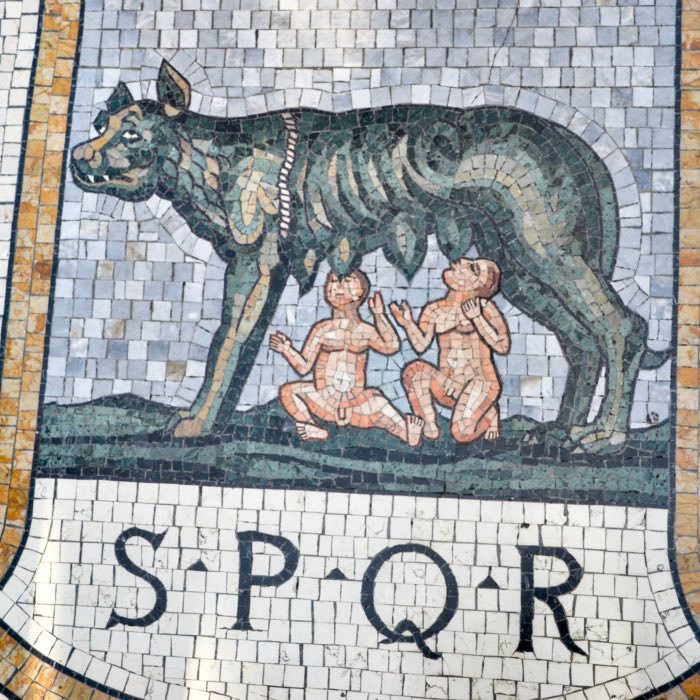
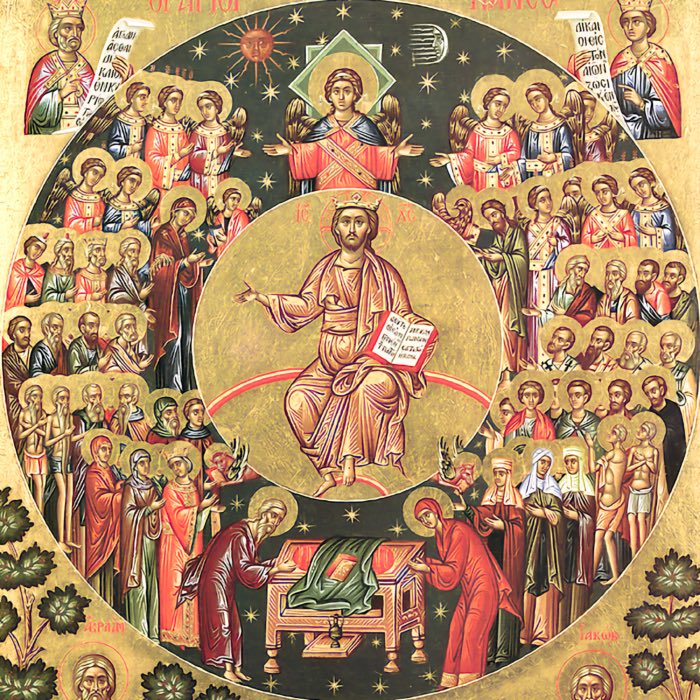
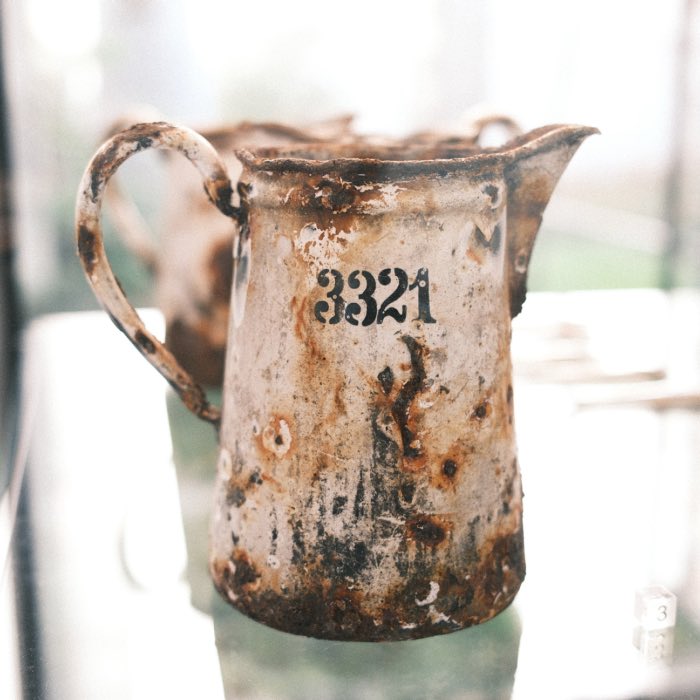



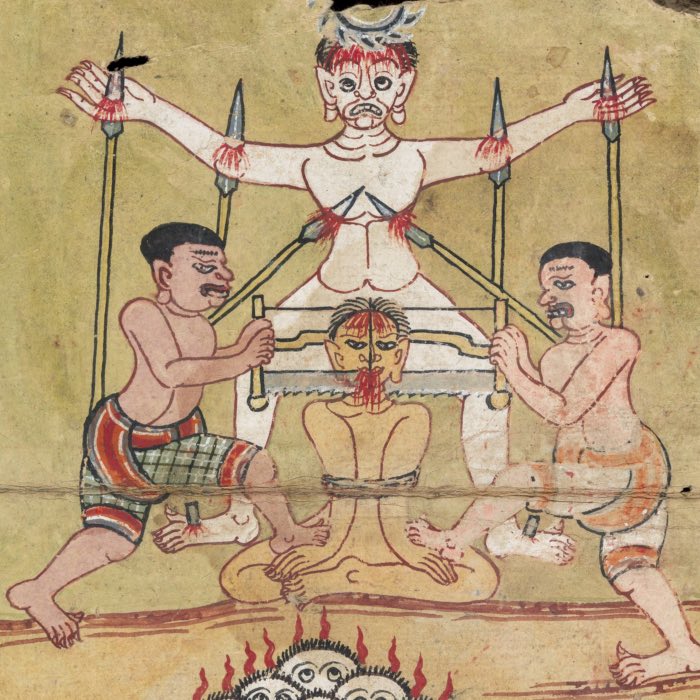
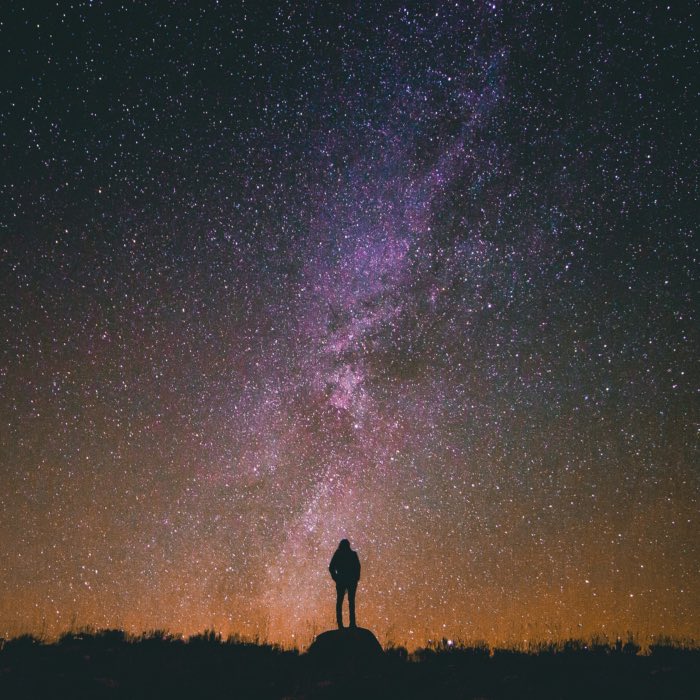
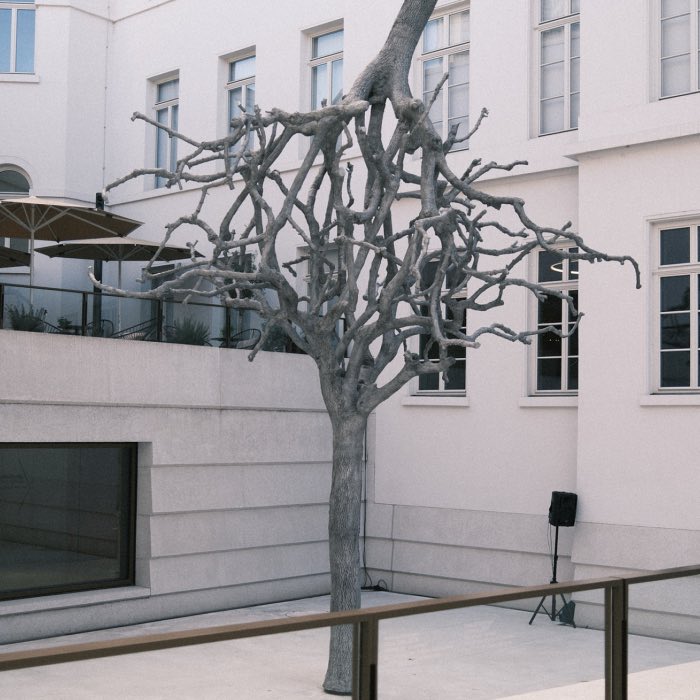

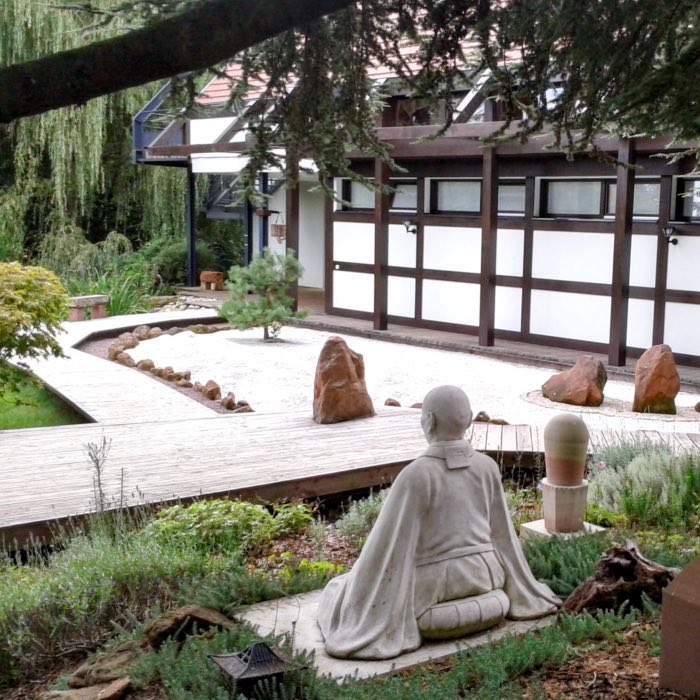
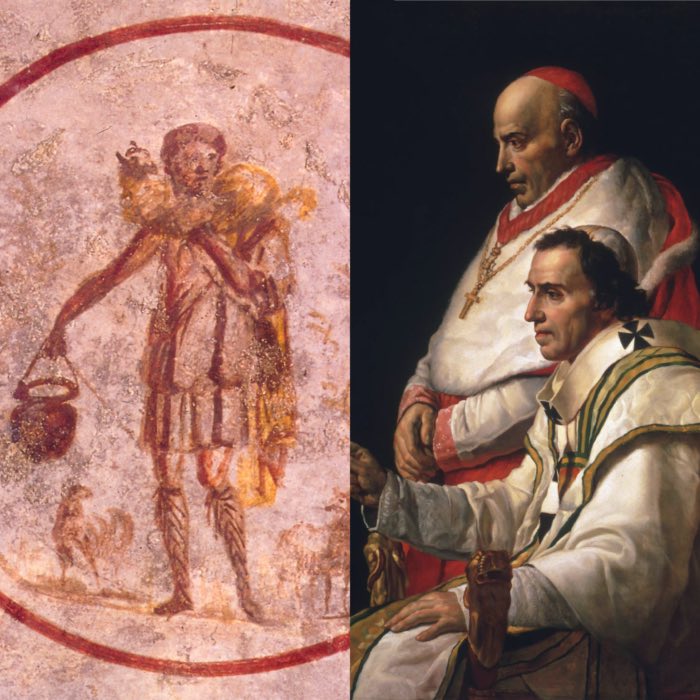
comments